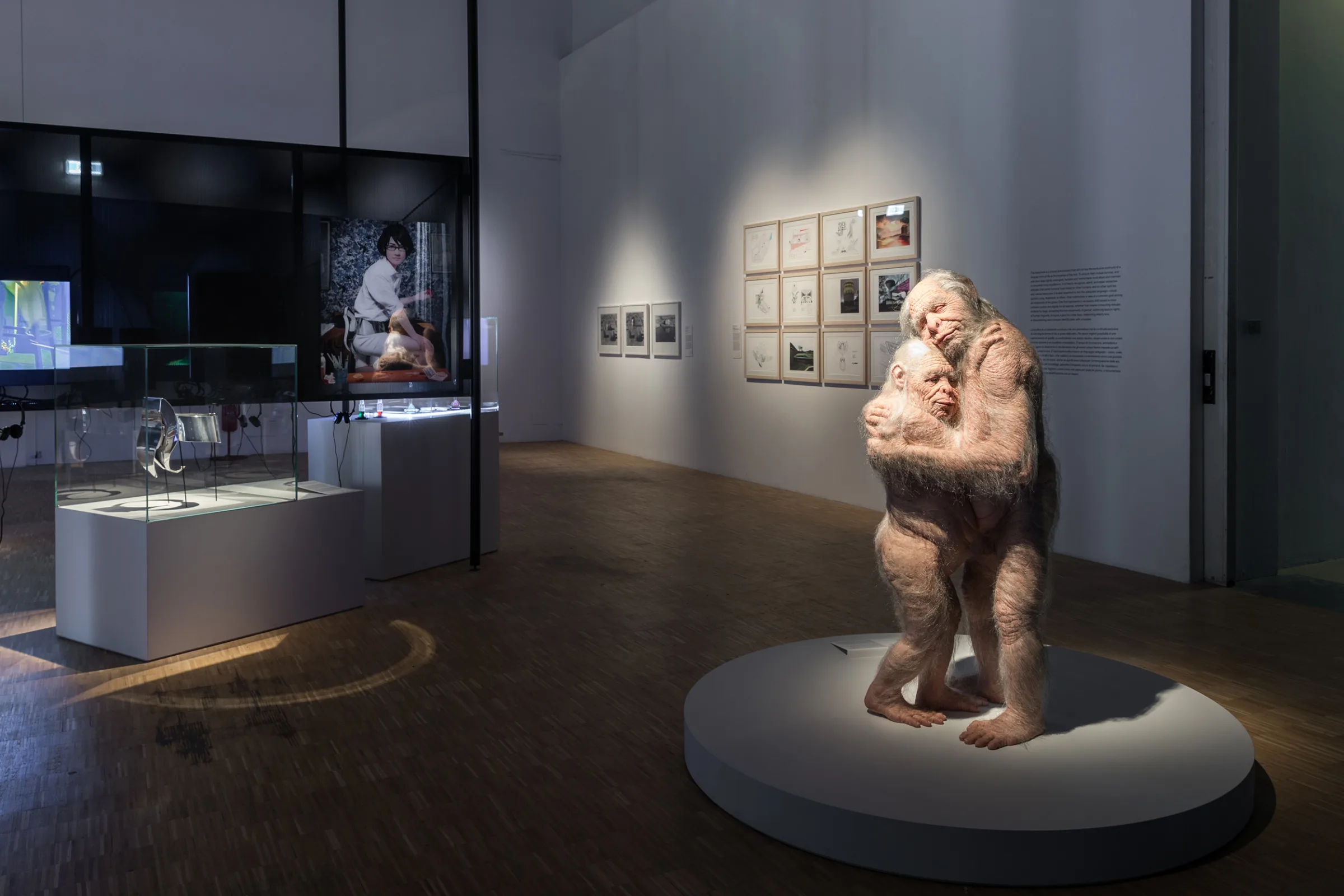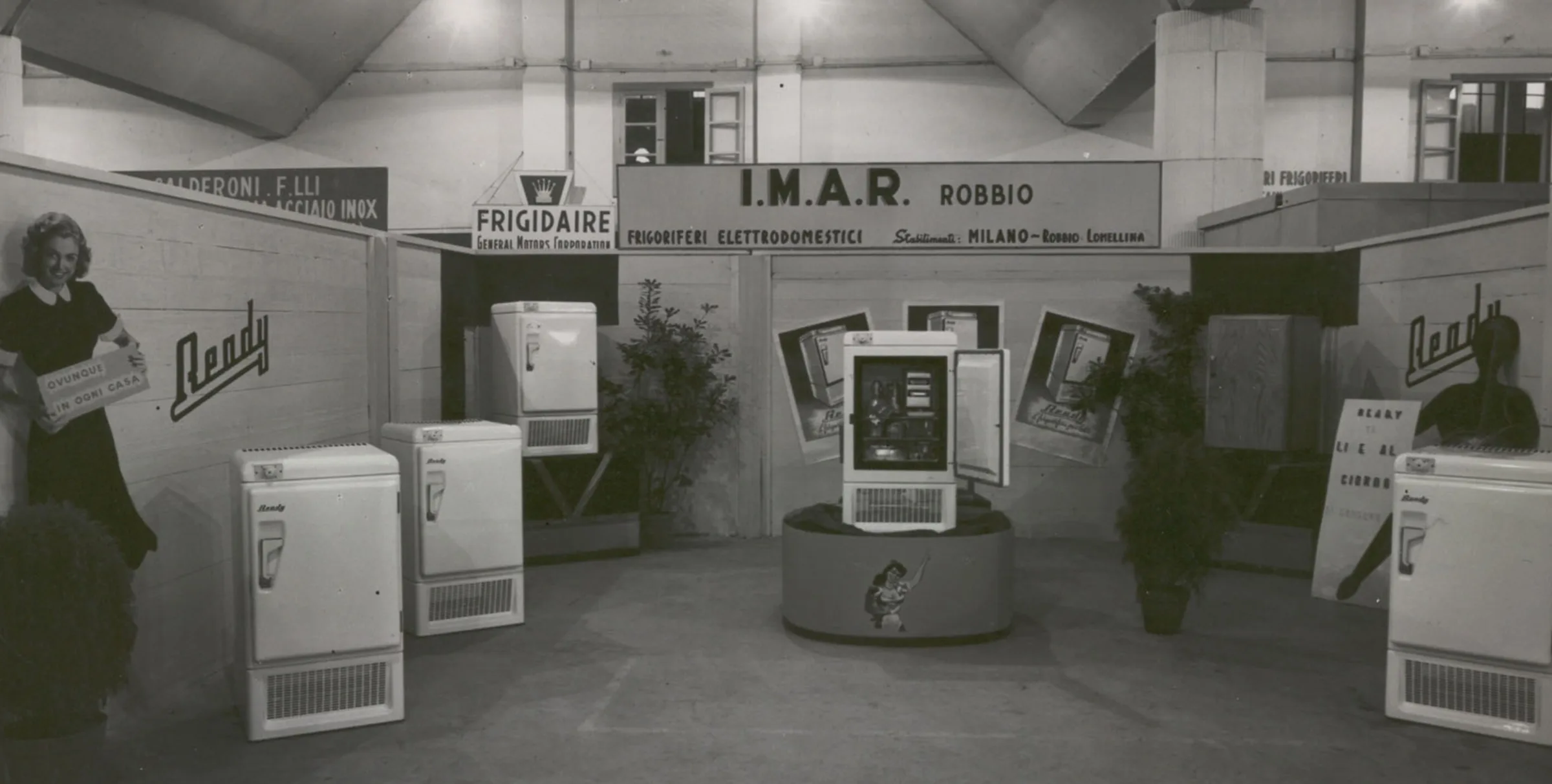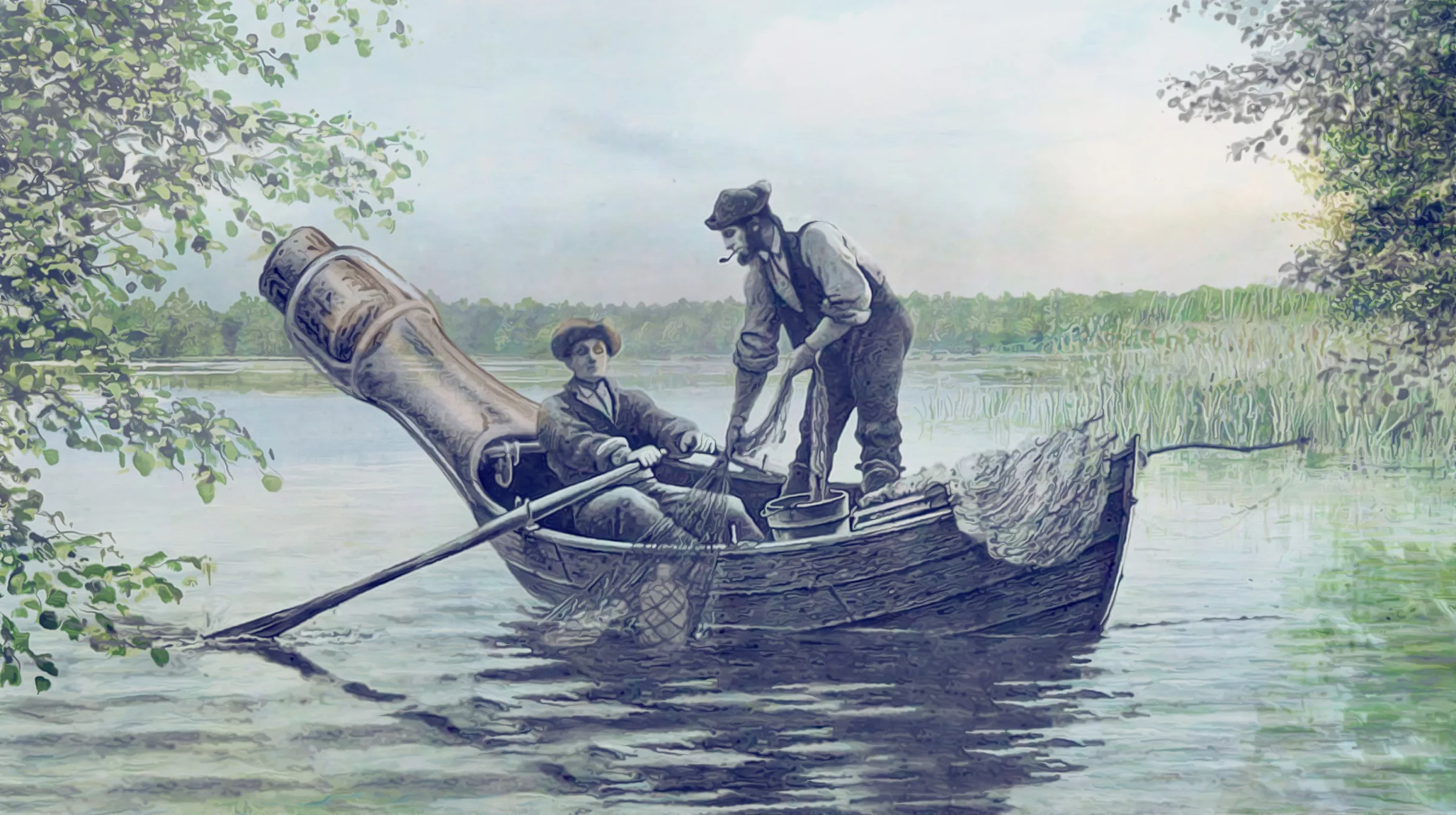
Illustration: Marco Heer
Message in a bottle from the Katzensee
For decades, the Katzensee near Zurich was used as a dumping ground for glass. A look into bottles from days gone by.
It was meant to be a fishing trip for two friends. But on that early morning in May 1990, what could be seen shimmering through the clear water wasn’t fish scales – it was a pile of glass bottles. Intrigued, the two pals did some snorkelling around the area in front of the boathouse of the Villa Katzensee, and brought a few vitreous witnesses of days past back up to the surface.
In 1863 Albert Rordorf had the ‘Châlet Bernoise’ built on the western shore of the lake. The ‘Châlet’ was a hotel that offered what was known as a ‘whey treatment’. The throngs of illustrious guests loved the place, and the hotel soon became the regular haunt of fans of whey treatments, who flocked there in droves from within Switzerland and abroad. But it wasn’t just whey these guests were imbibing, as evidenced by the scores of bottles dumped in the lake which quite clearly had a high-proof and, above all, expensive content. In the late 19th century, Rordorf regularly organised gondola rides on the water with musical accompaniment. In winter he let his guests ice-skate on the frozen lake.
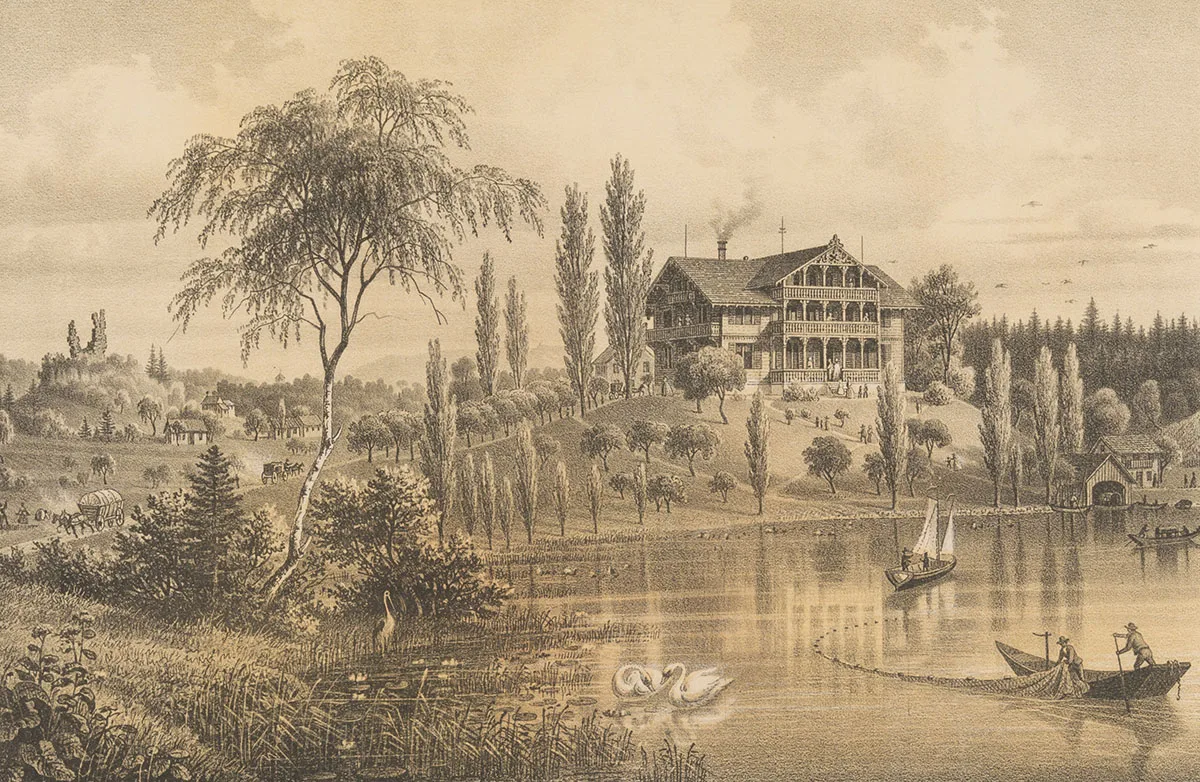
Illustrious guests flocked to the ‘Châlet Bernoise’ from within Switzerland and abroad for a course of whey treatment. Graphic print, around 1870.
Swiss National Museum
Albert Rordorf died in 1875 and the hotel changed hands. Real estate speculator Isaak B. Weil briefly called the beautiful house his own. In 1884 Baron Emil August Hermann Wernecke took over the property. He and his guests also seem to have been drinking something a bit stronger than just the water from the local well. We know this from the bottles found recently, which were marked with a double-headed eagle and a K.K. stamp (for königlich-kaiserlich, royal and imperial) and were once filled with fine maraschino liqueur. In 1901, the timber construction on the Katzensee burned to the ground. The art nouveau villa that still stands today dates from 1908. Four years later, Franz Josef Weck and his family moved in. Weck sold the mason jars refined by his father in Switzerland, and was extremely successful. As a great nature-lover, he imposed a ban which forbade the picking of flowers around the lake. But at the same time, Weck was also one of the first car owners in the region, and went out in his Mercedes happily and often.

The Weck family out for a drive in their car. For a long time it was the only one in the Furttal.
Gemeindemuseum Regensdorf
The most unusual bottles that were retrieved from the lake are Schweppes bottles from around 1880. These vessels, shaped like ancient amphorae, could only be stored lying down. This was the only way to keep the plug moist at all times and prevent water and carbon dioxide from leaking out. The drink was invented by Jean Jacob Schweppe. Schweppe, a German, found a way to make a drink out of tonic water and lime juice, to which quinine could be added without creating a nausea-inducing taste. Quinine was an important substance for malaria prophylaxis, and was used especially by the British troops in India. Due to their shape, the Schweppes bottles seemed to be lurching about, and quickly became known as ‘drunken bottles’.
Next time you’re thinking of calling someone a ‘Flasche’ (German slang for a twerp or loser), perhaps you should think twice about it; after all, they’re more than just glass containers. Every bottle is also a witness from the past, evoking a stage in the cultural history of humankind.
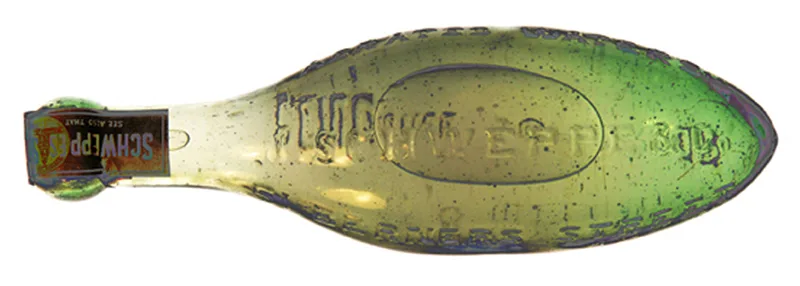
The pointy-bottomed bottles made of industrial glass were produced by Schweppes in the 19th century and exported all over the world.
Wikimedia


